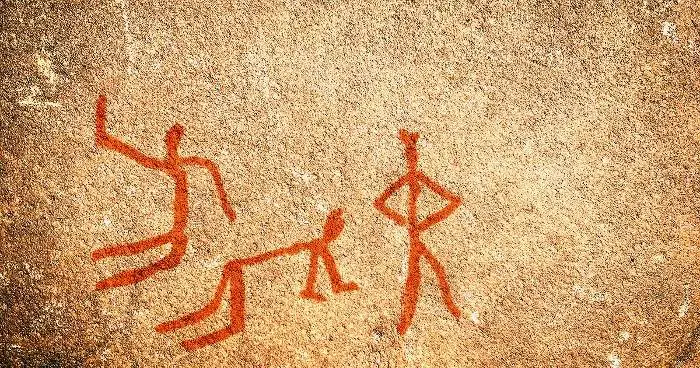10. Army
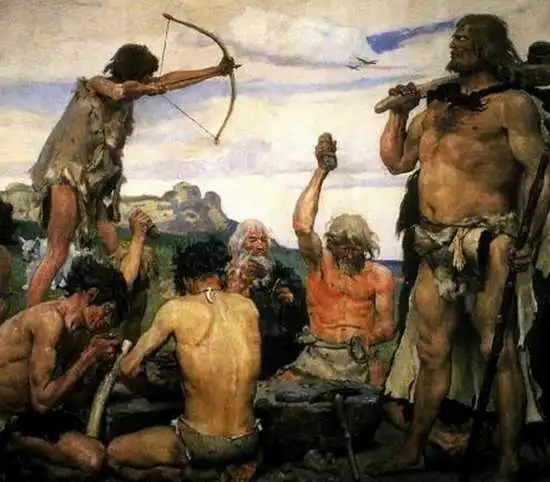
It’s likely that the early human fights were primarily unplanned, impromptu scuffles. However, at some point, people considered forming a corps of skilled fighters from within their ranks to protect themselves and to engage in hostilities. These were the world’s first armies, manned by the first troops. These early warriors may be traced back to Sumer, which originally appeared around 4000 B.C.E., according to military historians. The city-state was located in what is now Iraq and was one of the world’s oldest urban civilisations. The first known conflict is from 2525 B.C.E. It involved two Sumerian cities contending for control of the Guendena region. Military history is a dynamic field that changes with the growth of both the subject area and the communities and organisations that employ it.
9. Storytellers
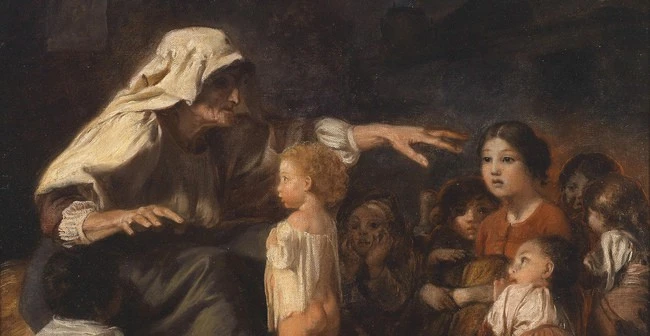
Oral storytelling was a popular form of art in many ancient civilizations. Our forefathers used storytelling to pass down important information and explain it to the people around them. According to contemporary studies, oral storytelling remained long after written language was invented, approximately 3100 BCE. Oral storytelling is still in demand these days, and many professional storytellers are doing a fantastic job.
8. Farming
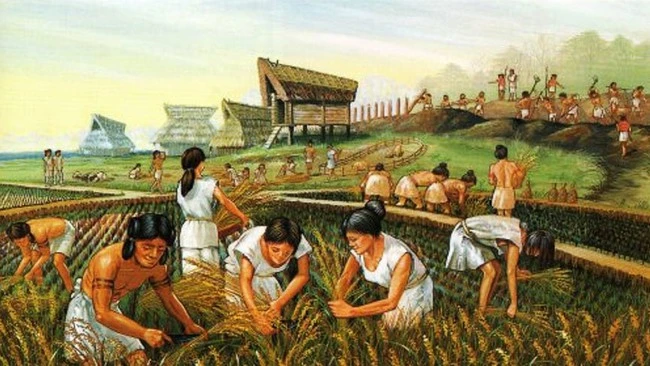
People settled down and established agriculture after deciding that hunting and gathering was too much labour. Agriculture can be traced back to 8000 BCE. That’s a long time ago. People decided to bring their food to themselves rather than following their food around. Seeds had been planted. Crops were grown. Domesticated animals were created. Farmers have become an important part of modern urban life. Agriculture remains the lifeblood of all civilisations. Every country on the planet has a class of farmers who cultivate plants and animals to feed the world’s population.
7. Musician/ Singer
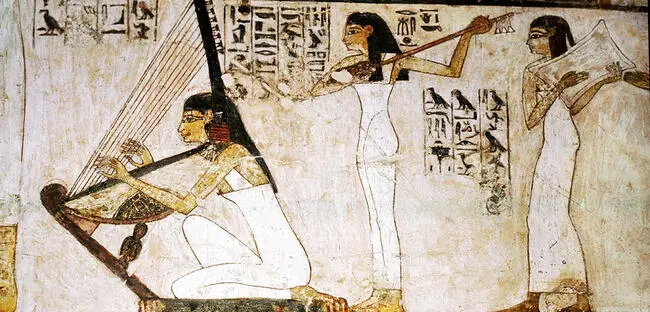
According to researchers, humans began composing music about 50,000 years ago during a cultural explosion. Music has become an important aspect of social and religious life in India. Musical instruments and dance are depicted in the 30,000-year-old palaeolithic and neolithic cave paintings at the UNESCO world heritage site at Bhimbetka rock shelters in Madhya Pradesh. The royal courts had a unique space for artists and dancers. Indian musicians, artists, and dancers still have a lot of options in the ever-expanding entertainment business.
6. Artist
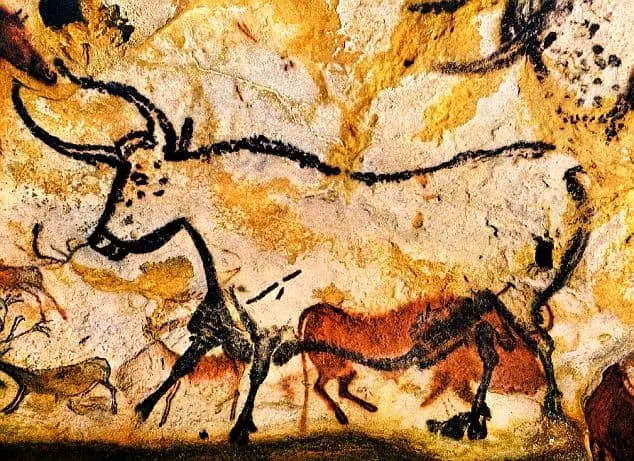
A cave painting of a red hand stencil from Spain is the world’s oldest known work of art. A Neanderthal painted the cave painting, which is estimated to be around 67,000 years old. Despite the fact that this is the oldest evidence of art, academics believe that humans had the ability to create art before they left Africa over 65,000 years ago — ancient art from Africa is difficult to uncover since the geology does not retain it. The majority of ancient art showed ordinary life and included humans and animals in their surroundings. With the passage of time, art became more sophisticated, and old paintings and sculptures are now among the world’s most precious possessions. While most people love art, creating one might be tough.
5. Tailor/Clothemaker
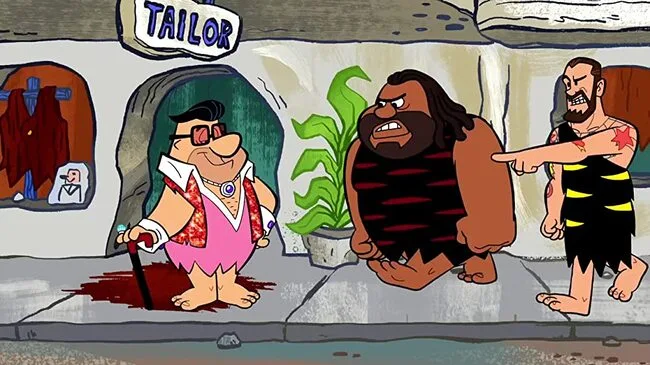
While humans have been wearing garments for thousands of years, tailoring as a vocation really took off in the 12th century, when clothing became more of a status symbol than a means of covering the body. Modern tailoring also incorporates a sense of individuality in that clothes are fitted to the wearer’s own body shape and proportions. Luxurious fabrics and embroidery have long been used to denote the wearer’s wealth or social status. Still, modern tailoring also incorporates a sense of individuality in that clothes are fitted to the wearer’s own body shape and proportions. Tailors, dressmakers, bespoke sewers, and sewists are still needed today, despite the fact that clothing has become more than just a need.
4. Toolmaking
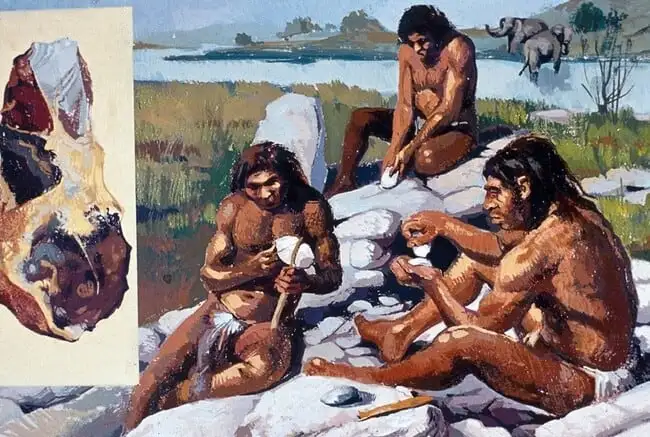
About 2.6 million years ago, our earliest human ancestors began producing stone tools, making toolmakers one of the world’s oldest occupations. Prehistoric toolmakers fashioned devices out of flint and wood, which they could subsequently use to hunt animals or construct shelters. Oldowan stone tools comprised sharp flakes manufactured from quartz, obsidian, or flint, as well as slabs of rock for hammering. These implements are thought to have been employed in the butchering of animals. The evolution of tools in human history led to the evolution of homo sapiens (modern humans), who became so skilled at manufacturing and utilising tools that we are now the only hominid species left. The most prevalent position in the toolmaker umbrella is machinist, which is still in demand today.
3. Hunter/poachers
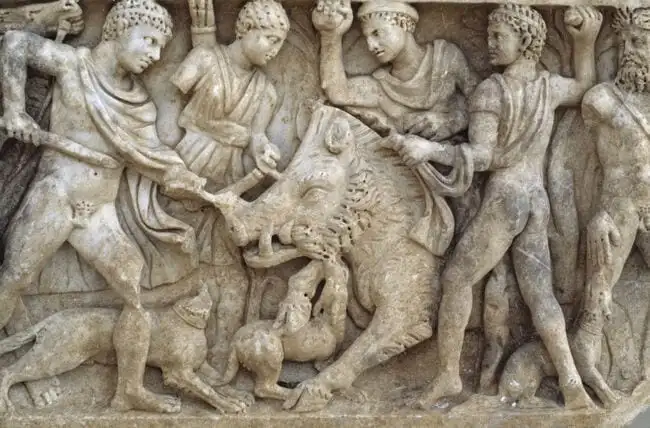
Humans were mostly hunter-gatherers before agriculture. Hunters are the only ones left now that gatherer is no longer an occupation that can be listed on a résumé. Hunting as a technique of obtaining food and supplies from animals has been practised since the dawn of time. According to new evidence, early people hunted woolly mammoths as far back as 13,000 BCE. It was 15,000 years ago at the time. Today, hunting is primarily a recreational activity or a hobby, yet there are still societies on Earth where hunting is a good full-time occupation.
2. Spy/Mercenaries
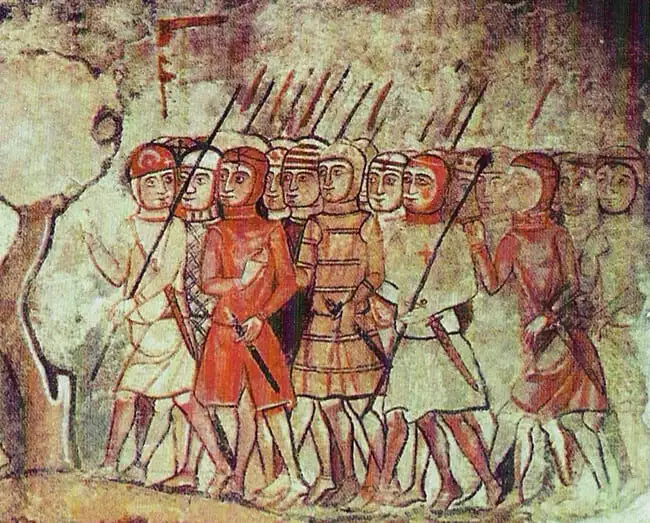
We are well aware that every civilisation sought to defend itself against its adversaries in ancient history. One method was to send spies into enemy countries to learn about their military plans and strategies. Many women prostitutes were deployed as spies to hostile countries under the rule of Chandragupta Maurya (c.321-c.297 B.C.E.), under the guidance of minister Chanakya. Most ancient communities had espionage mechanisms in place to determine whether others intended to wage war, a practise that is being practised today. Spy agencies in the current period, on the other hand, rely primarily on technology to listen in on conversations and infiltrate hidden networks.
1. Prostitution
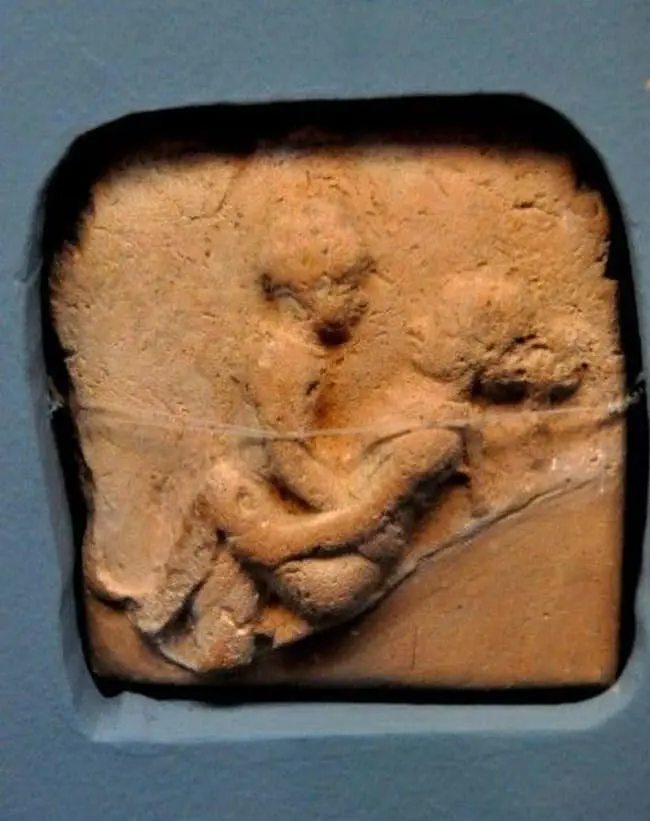
The short novel “On the City Wall” by Rudyard Kipling is credited with naming prostitution the world’s oldest profession. If it isn’t the oldest occupation, it is certainly near. Prostitution is the act of having sexual relations with another person in exchange for a monetary, food, or clothes reward, and it has been practised for millennia. Prostitution was frequently practised in ancient times in a sacred context, as part of a sacred event or for a sacred reason. Having intercourse with a temple prostitute was one way to obtain favour from a fertility god in Sumerian and Babylonian cultures (2400 B.C.E. and beyond). In 2012, there were approximately 42 million prostitutes worldwide, with three-quarters of them aged 13 to 25 and 80 per cent female. Most prostitutes now, like in ancient times, work against their will, and human trafficking is a major human rights concern.
